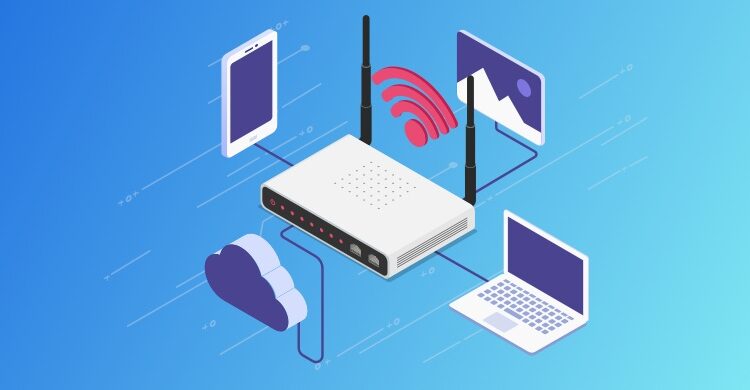IP stressers have come a long way since their early beginnings, and they continue to evolve, shaping how we secure and optimise our networks. By understanding the past, present, and future of IP stressers, we can appreciate the advancements that have been made and anticipate the exciting developments yet to come. In this article, we’ll explore the journey of IP stresser technology and its impact on the digital world.
Past: The early days of IP stress testing
The concept of IP stress testing emerged in the late 1990s, spurred by the increasing reliance on internet-based communications and the need to ensure network resilience. Early IP stressers were relatively basic, often utilizing simple scripts or command-line tools to generate high volumes of traffic. In the early days, IP stress testing was primarily conducted by network administrators and security researchers aiming to identify bottlenecks and vulnerabilities in their own systems. The tests were often manual and time-consuming, requiring significant expertise to configure and interpret results.
Present: Advancements and mainstream adoption
Over the years, IP stressers are driven by cyber threats and the need for more sophisticated testing tools. Here are some key aspects of IP stressers in the present day:
- User-Friendly Interfaces: IP stresser tools have evolved to feature user-friendly graphical interfaces, making them more accessible to a wider range of users. This has democratised stress testing, allowing network administrators, developers, security analysts, and quality assurance professionals to conduct tests.
- Automation and Orchestration: The introduction of automation and orchestration capabilities has revolutionized IP stress testing. Testers can now automate the provisioning of test environments, configure complex test scenarios, and analyse results through machine-learning-powered analytics.
- Cloud-Based Solutions: Cloud computing has significantly impacted IP stress testing. Cloud-based IP stresser solutions offer on-demand capacity, enabling testers to scale their tests and leverage global infrastructure instantly. This flexibility has made testing more efficient and cost-effective.
- Integration with Security Ecosystems: Modern IP stresser tools integrate seamlessly with SIEM systems, intrusion detection systems (IDS), and other security solutions. This integration enhances threat detection, enables centralized monitoring, and provides a comprehensive view of network security.
- Customizable Test Scenarios: Today’s IP stresser tools allow for highly customisable test scenarios. Testers can simulate various attack vectors, from volumetric DDoS attacks to application-layer exploits, helping identify specific vulnerabilities and improve network defences.
Future: What’s to come
The future of IP stressers holds exciting developments that will further enhance our ability to secure and optimise networks:
- AI and ML will enhance testing strategies, improve accuracy in vulnerability detection, and enable adaptive testing based on learned patterns and behaviors.
- IP stresser tools must adapt to address the unique challenges of IoT devices and edge networks. IP stress testing will help secure the vast array of connected devices in the IoT ecosystem.
- Distributed Testing and Botnet Simulation: IP stresser tools will evolve to facilitate distributed testing, simulating botnet-like attacks to assess the resilience of networks against distributed threats. This will involve coordinating stresser agents across multiple devices or locations to replicate real-world attack scenarios.
The evolution of IP stressers is a dynamic process driven by technological advancements overtaking the illegitimate use of IP stressers.



